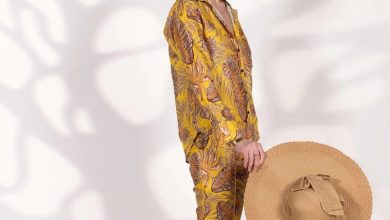
Combat boots, as the name implies, are designed primarily for military use during combat, not for ordinary ceremonial or parade uniforms. Their origins and evolution are interwoven with the history of warfare, technology, and changing terrains and environments.
1. Ancient Times:
In various forms, durable footwear has been a part of military attire for millennia. For instance, the Roman legions wore sandals called “caligae” that had thick soles and were hobnailed to increase durability and grip. These allowed soldiers to march long distances across the expansive Roman Empire.
2. Middle Ages:
During medieval times, soldiers mostly wore whatever was available to them. However, high-quality leather boots, sometimes reaching the knee, were used by knights and cavalrymen for protection and better grip while riding.
3. 17th to 18th Century:
As professional armies started forming in Europe, there was a need for standardized equipment and attire. Soldiers in many European armies wore sturdy leather boots, often knee-high, that provided protection and support.
4. 19th Century:
With the industrial revolution, the production of military equipment, including boots, was revolutionized. The mid-19th century saw the introduction of ankle-length boots with better design and materials. For example, during the American Civil War, both Confederate and Union soldiers wore variations of ankle-high leather boots.
5. World Wars:
The two World Wars had a significant impact on the evolution of combat boots. With trench warfare during WWI, there arose a need for boots that could withstand water, mud, and extreme conditions. In response, the U.S. introduced the “Pershing boot” and the British had the “trench boot,” later updated to the “Ammo boot.”
In WWII, combat boots further evolved to meet the diverse terrains from deserts in North Africa to the jungles of the Pacific. The U.S. introduced the “double buckle” boots during this period, which provided more support and protection.
6. Post-World War Era:
After WWII, advancements in materials and technologies led to the development of more lightweight, durable, and versatile combat boots. Boots started incorporating nylon, Gore-Tex, and other synthetic materials to make them more comfortable and adaptable to various climates.
7. Modern Era:
Today’s combat boots are a culmination of centuries of experience and technological advancements. They’re designed to offer optimal protection, support, and comfort across various terrains, from arid deserts to mountainous regions. There’s also a trend toward modularity, where soldiers can adjust their footwear based on specific missions or environments.
In addition to their military use, combat boots have also found a place in civilian fashion, symbolizing rebellion, durability, or simply serving as a style statement.
Combat boots have transcended their military roots to become a versatile fashion statement. They can be paired with various styles, from edgy to feminine. Here are three outfit ideas to wear with combat boots:
Casual Edgy Look:
- Top: A graphic or band t-shirt.
- Bottom: Distressed skinny jeans or boyfriend jeans. You can also consider wearing black leather leggings or pants for an even edgier look.
- Outerwear: A leather jacket or an oversized denim jacket. You could add some patches or pins to the jacket for extra flair.
- Accessories: Layered silver or metal necklaces, studded bracelets, and a slouchy beanie. Consider a simple backpack or a crossbody bag to finish the look.
Feminine Boho Twist:
- Dress: A flowy, cocktail dress, or maxi dress. The juxtaposition of the delicate dress with the ruggedness of the combat boots creates an interesting contrast.
- Outerwear: A cozy cardigan or a light kimono. Depending on the weather, you could also wear a suede or fringe jacket.
- Accessories: Layered gold necklaces or a statement necklace, a wide-brim hat, and a leather or suede shoulder bag. Bangles and tassel earrings could also be added.
In summary, the combat boot’s evolution is a testament to mankind’s continuous quest for better equipment and protection in the face of challenges, whether those challenges arise from natural terrains or the adversities of warfare.




